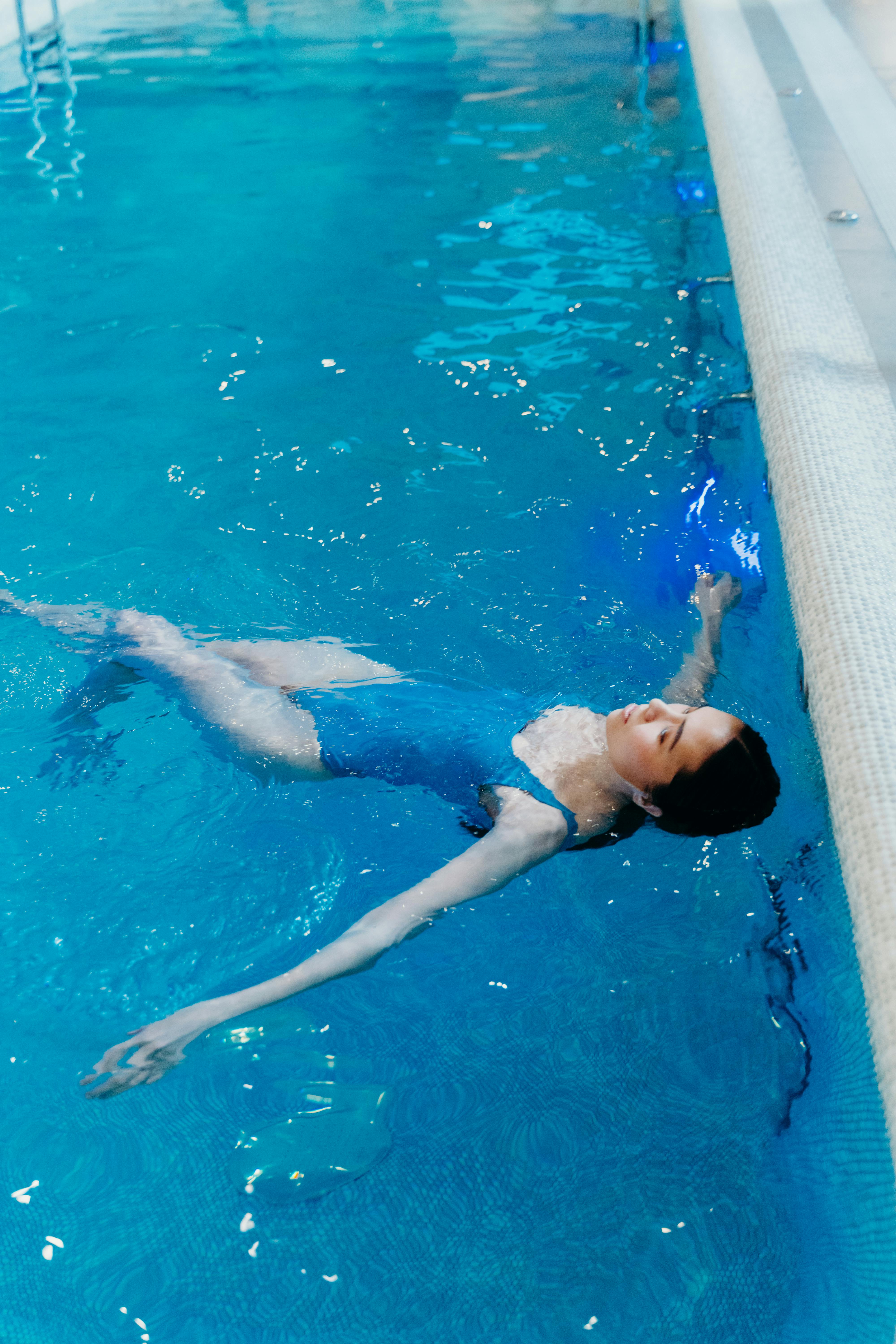The Role of Aquatic Therapy in Animal Rehabilitation
Aquatic therapy is an emerging field in animal rehabilitation, providing new hope for injured and aging pets. It's a gentle yet effective treatment option, offering numerous benefits and aiding in the recovery of a variety of conditions. This article will delve into the fascinating world of aquatic therapy for animals, exploring its origins, applications, and the potential it holds for the future of veterinary medicine.

A Dive Into The Past: The Origins of Aquatic Therapy
Aquatic therapy for animals is not a new concept. The ancient Egyptians reportedly used it for healing purposes, recognizing the therapeutic potential of water. However, it was only in the late 20th century that the practice began to gain traction in the field of veterinary medicine. Inspired by the success of hydrotherapy in human rehabilitation, veterinarians started exploring its potential for treating animals.
Making Waves in the Present: Current Applications of Aquatic Therapy
Today, aquatic therapy is used in veterinary practices worldwide to treat a wide range of conditions. It’s highly effective in managing arthritis, recovering from surgery, aiding weight loss, and even treating neurological conditions. The buoyancy, hydrostatic pressure, and resistance of water create a unique environment that can be tailored to the needs of each animal.
The Price Tag and Market Impact of Animal Aquatic Therapy
As a specialized treatment, aquatic therapy can be somewhat pricey. The costs vary depending on the duration and frequency of sessions, but it typically ranges from $30 to $75 per session. Despite the cost, the market for this therapy is growing, driven by increasing pet ownership and a growing awareness of animal healthcare. The global pet rehabilitation market, which includes aquatic therapy, is expected to reach $293.8 million by 2025, indicating a promising future for this field.
The Benefits and Potential of Aquatic Therapy: A Research-Backed Perspective
Aquatic therapy’s benefits are backed by a growing body of research. A study published in the Journal of Small Animal Practice found that dogs recovering from surgery showed improved mobility after hydrotherapy sessions. Similarly, a study in the Journal of Veterinary Medical Science reported reduced pain and improved function in dogs with hip dysplasia following aquatic therapy.
Looking Ahead: The Future of Aquatic Therapy in Animal Rehabilitation
Aquatic therapy’s future in animal rehabilitation appears bright. As more research supports its effectiveness, it’s likely that the use of this therapy will continue to expand. Furthermore, technological advancements, such as underwater treadmills and adjustable water temperatures, are opening up new possibilities for treatment.
In conclusion, aquatic therapy is a powerful tool in animal rehabilitation. It’s a testament to how veterinary medicine continues to evolve, integrating innovative techniques to improve animal health and wellbeing. As we continue to learn more about the therapeutic potential of water, it’s clear that aquatic therapy will play a significant role in shaping the future of animal healthcare.




